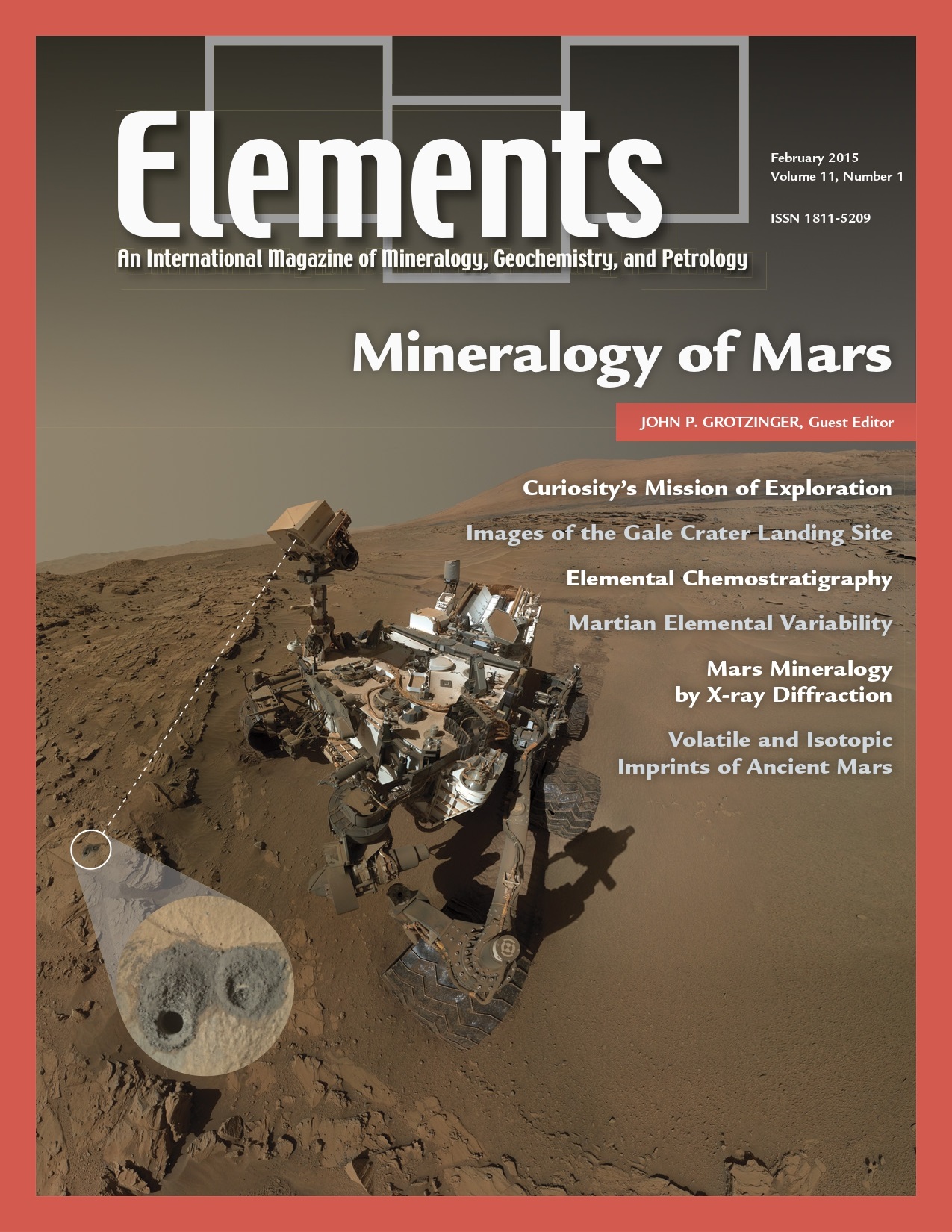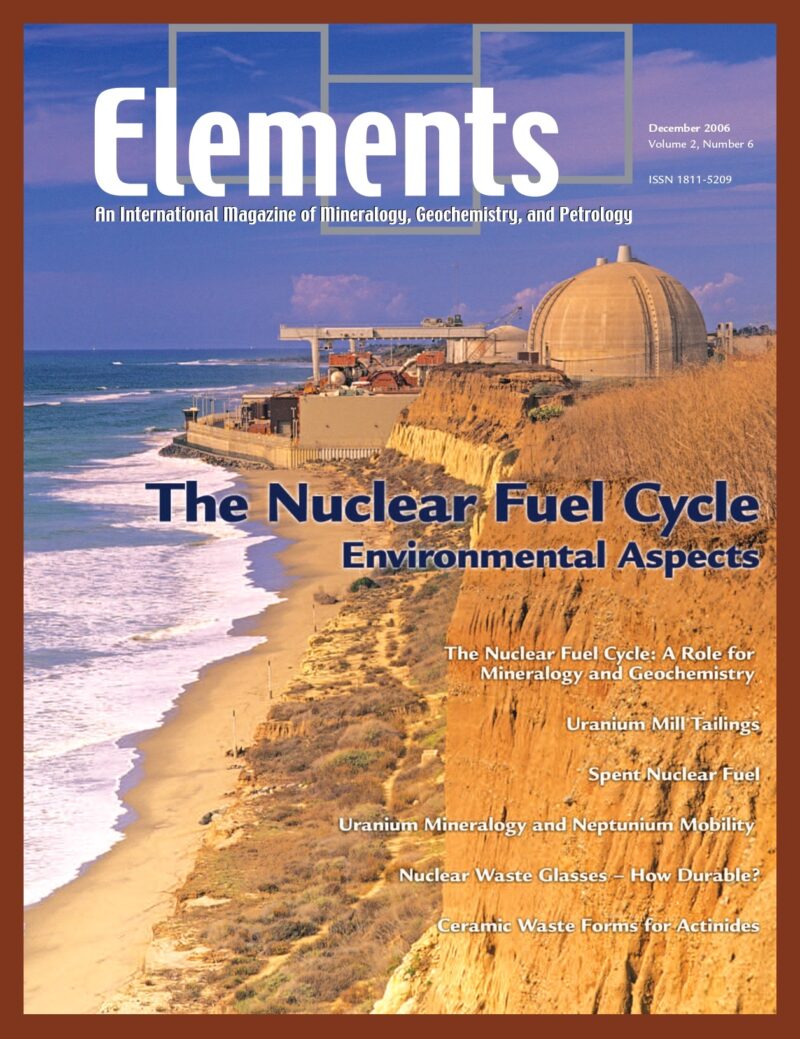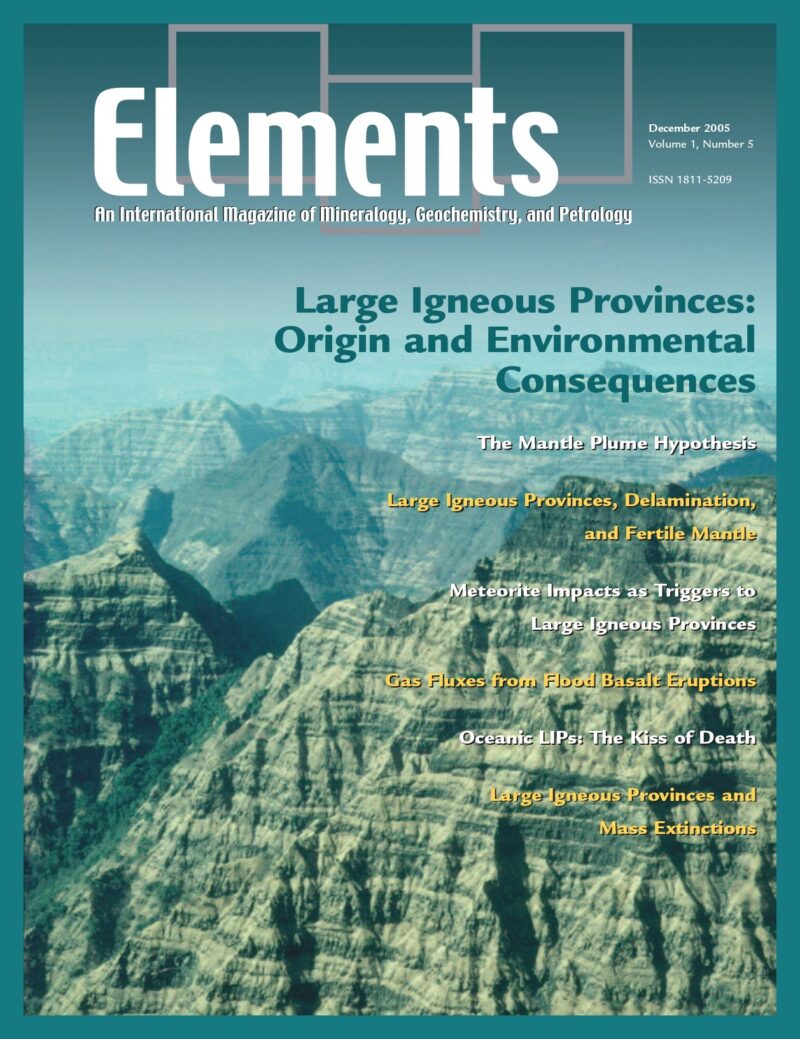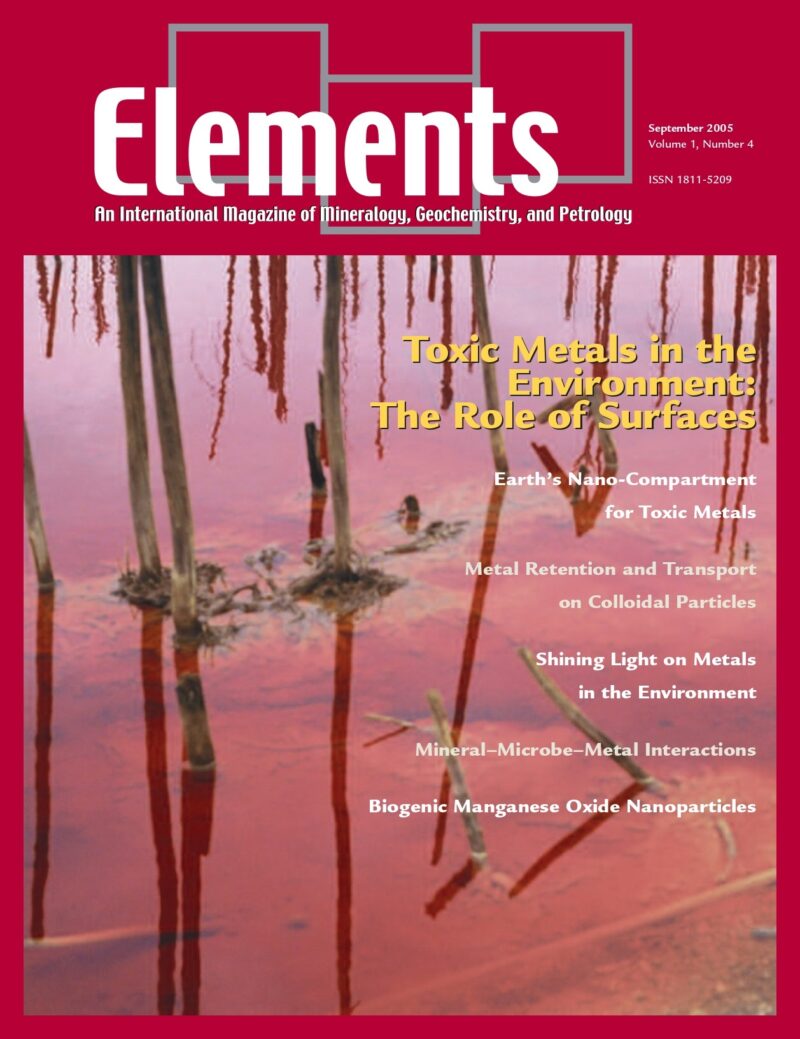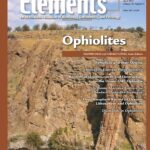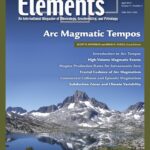Mineralogy Of Mars, February 2015, Vol. 11, No. 1
$20.00
The Mars Science Laboratory rover Curiosity touched down on the surface of Mars on August 5, 2012. Curiosity was built to search and explore for habitable environments.
Mineralogy Of Mars
February 2015, Vol. 11, No. 1
The Mars Science Laboratory rover Curiosity touched down on the surface of Mars on August 5, 2012. Curiosity was built to search and explore for habitable environments. The rover has a lifetime of at least one Mars year (~23 months) and a drive capability of more than 20 km. The MSL science payload can assess ancient habitability, which requires the detection of former water, a source of energy to fuel microbial metabolism, and key elements such as carbon, sulfur, nitrogen, and phosphorus. Within 8 months of landing, we were able to confirm full mission success. This was based on the discovery of fine-grained sedimentary rocks, inferred to represent an ancient lake. These rocks (Sheepbed mudstone) preserve evidence of an aqueous paleoenvironment that would have been suited to support a Martian biosphere founded on chemolithoautotrophy and characterized by neutral pH, low salinity, and variable redox states for both iron and sulfur species. C, H, N, O, S, and P were measured directly as key biogenic elements. The environment likely had a minimum duration of hundreds to tens of thousands of years. These results highlight the biological viability of fluvial–lacustrine environments in the ancient history of Mars and the value of robots in geologic exploration.
Why You’ll Love Elements Magazine:
- Expert Contributors: Articles written by renowned researchers in the field of geoscience.
- Engaging Content: Join a community of readers who are passionate about Elements.
- Exceptional Quality: Each issue is printed on high-quality paper with stunning visuals and detailed illustrations that bring complex scientific concepts to life.
Order your copy of the February 2015 issue of Elements magazine today and explore the mineralogy of Mars.
Related products
-
The Nuclear Fuel Cycle – Environmental Aspects, December 2006, Vol. 2, No. 6
$20.00Increasing concerns for the effects of global warming that result from rising greenhouse gas concentrations in the atmosphere have led to a reexamination, even enthusiasm, for nuclear power. Of all the current alternatives to fossil fuels, nuclear fission is the most important source of energy, accounting for 17 percent of the world’s electricity.
-
Large Igneous Provinces: Origin And Environmental Consequences, December 2005, Vol. 1, No. 5
$20.00Large igneous provinces record major outpourings of igneous rocks, both on the continents and in ocean basins. Their origin is still vigorously disputed, with models invoking mantle plumes, thermal effects of the lithosphere, and meteorite impacts.
-
Toxic Metals In The Environment: The Role Of Surfaces, September 2005, Vol. 1, No. 4
$20.00Metals are prevalent in the environment. They are derived from both natural and anthropogenic sources.

